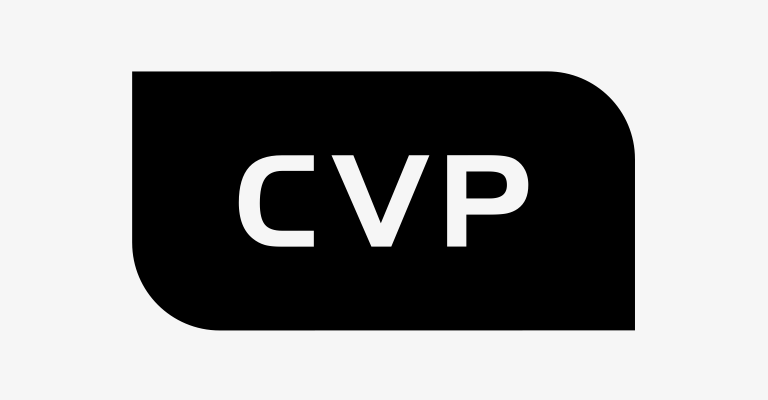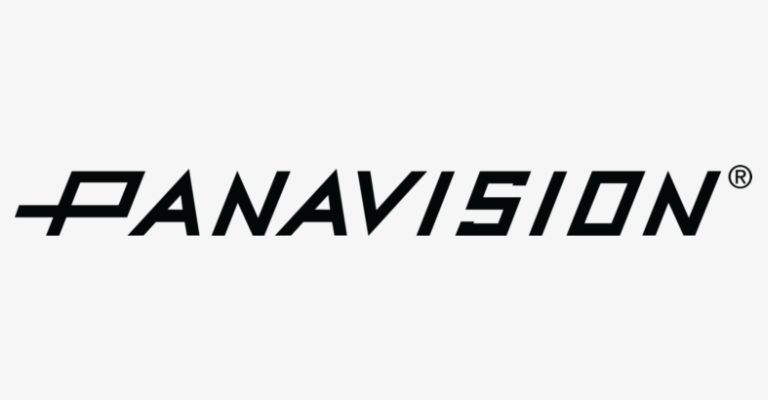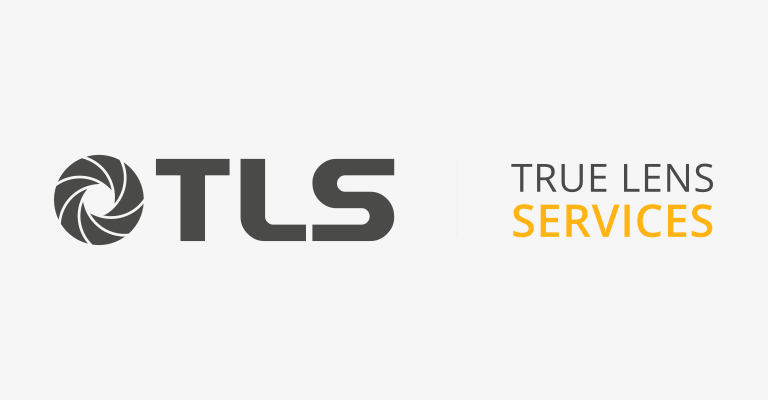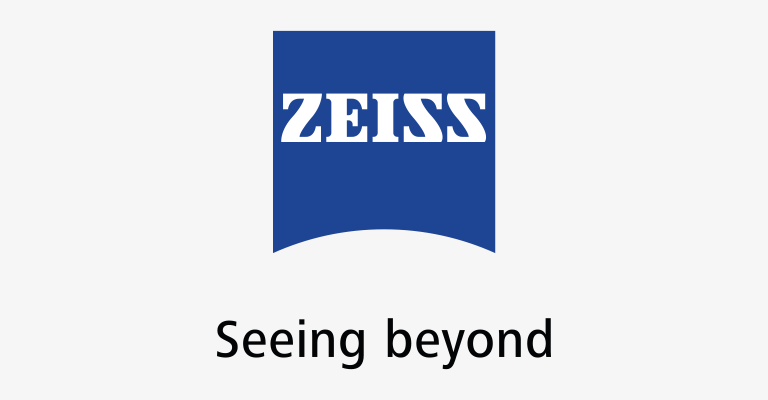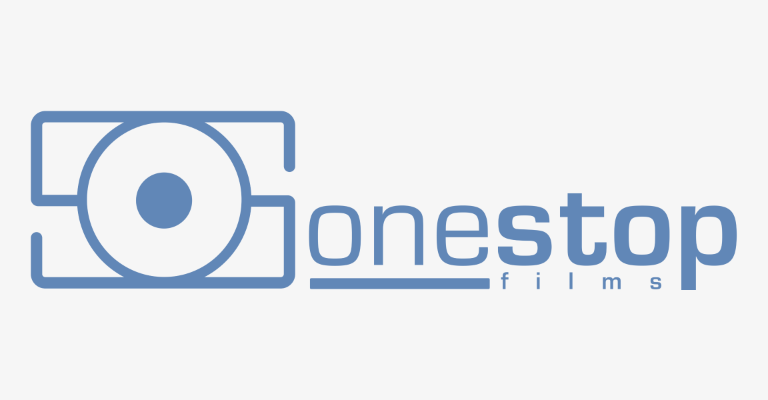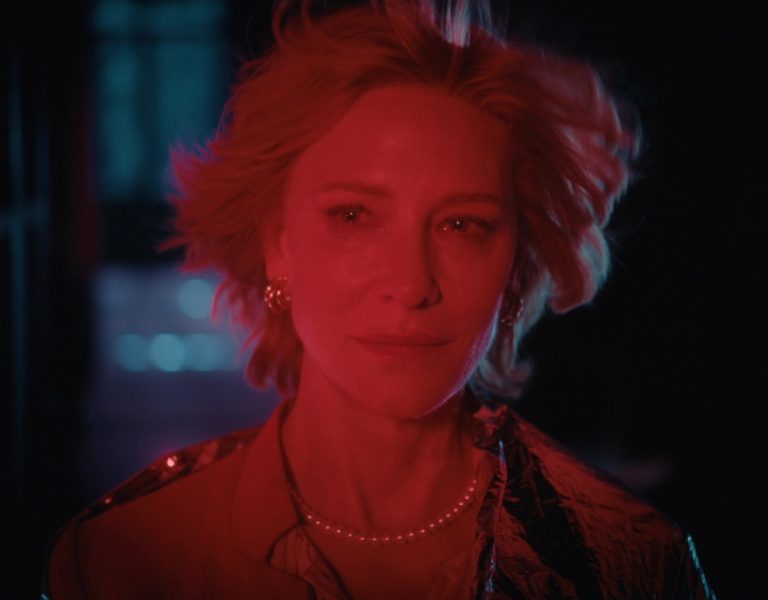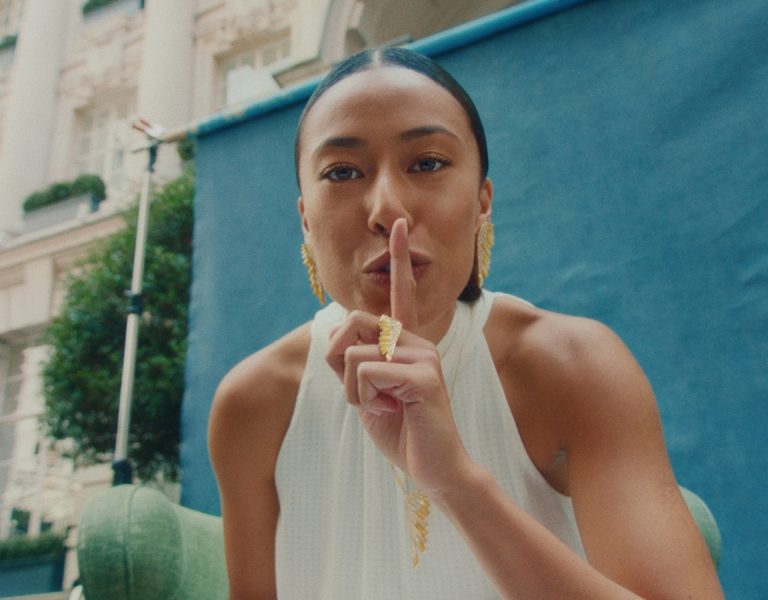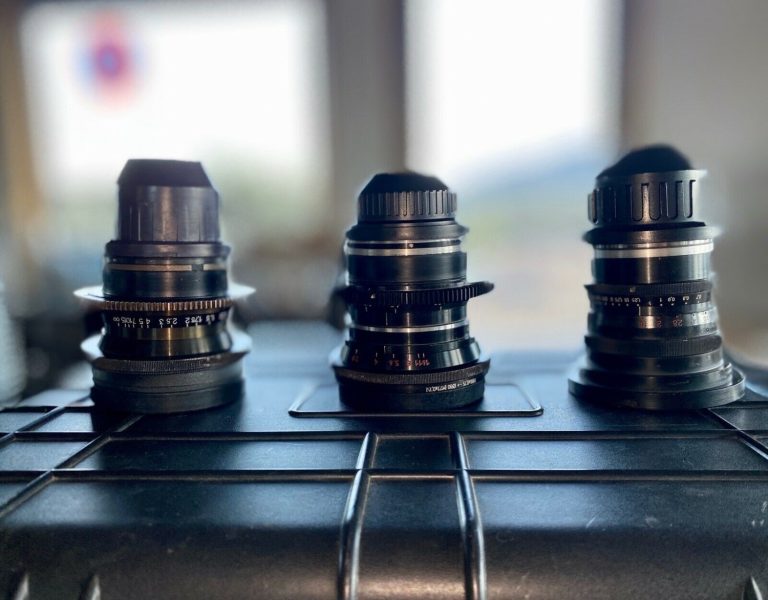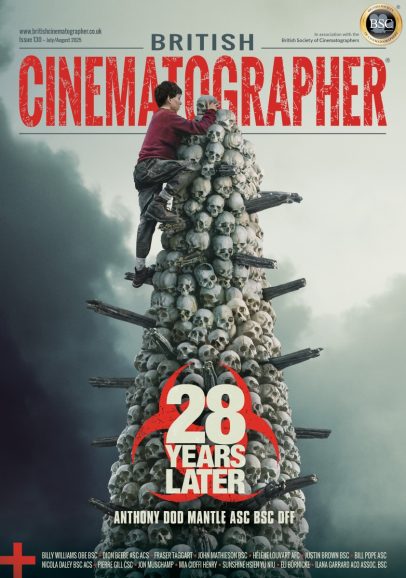For most of the history of filmmaking, field of view and focal length has existed in a fairly fixed relationship. Beyond adjustments for anamorphics and 16mm, it was only spectacular large-scale formats developed to fight mid-century television which changed how focal length worked. This has changed as sensors have evolved.
Now that silicon sensors come in all shapes and sizes, it has made focal length, depth of field, field of view and rectilinearity into concerns for cinematographers working with every camera, from mirrorless to IMAX.
Perhaps unusually for someone working in 2025, Duncan O’Bryan’s recent experience involves a lot of photochemistry alongside the well-known digital capture tools. The resulting variations camera behaviour, O’Bryan says, prompted new ideas about picking the best lenses for a format. “Over the last five years I’ve been interested in moving back to film – that’s been the majority of my work, and it’s been interesting because of all of the large format sensors and optics which are coming out. Everyone’s making new large format lenses. I’ve found myself putting lenses designed for larger formats onto a 35mm film camera.”
The relationship between sensor size and field of view is elementary, though O’Bryan echoes common concerns about terminology inherited from still photography. “It’s something I’ve been on a personal crusade about – ‘oh, it’s a crop sensor, a large sensor’ – everyone tries to do the math in their head.” Too often, O‘Bryan suggests, discussions rely on that legacy terminology when it may not make much sense, given that large format commonly refers to sensors smaller than those a stills photographer would refer to as medium format.
Informed by format
Associating a choice of lens with a particular cinematographer is not always easy, although stand out examples exist in the work of Christopher Doyle HKSC using ultra-wide angles. O’Bryan’s taste is, he says, cosmopolitan, though recently evolved: “A couple of years ago, if you’d asked me [about focal length], I’d have somewhat naively said that I’m a wide angle guy, defaulting to a 35mm, or the nearest I had, or going wider if I had a chance. And I couldn’t particularly tell you why, other than perhaps I was still growing as a cinematographer. But there are stories which have to be told in extreme closeups, where it’s looking into the character’s soul.”
Crucially, that choice is influenced directly by choice of format, since not every lens set covers the extremes, especially those designed to cover beyond-full-frame formats. “I did a shoot where we had the MasterBuilt vistas,” O’Bryan recalls, “and I took the longest one, the 105mm, and we used it on a handful of shots where this young woman is pleading with her estranged dad, staring deeply into the soul of the audience and begging him to show her any attention and care about her.”
Blocking and framing naturally vary to suit. “The camera would have had to have been on top of her at any other focal length – even an 85mm didn’t feel appropriate to that point in the movie. We needed something that would reach right out and see the fire in her eyes when she delivers those lines.” Conversely, O’Bryan says, “I’ve also done shots where you’ve got a girl alone with her thoughts, and she’s in this giant room, and you want to show off the room, and show off her isolation. We had an 18mm – that was the widest we had on set. She was a tiny speck in frame, and that was the story. She was alone with the demons in her head.”
These choices have been part of the craft since the dawn of photography, but applying lenses such as the Vistas, built to cover Alexa 65, to a much smaller effective imaging area naturally affects the lens effects a cinematographer might have in mind when choosing such a set. The visibility of aberration, softness, vignetting, and many other optical behaviours might be a blessing or a curse, but, as O’Bryan confirms, they will be less visible on a larger format.
“If you’re capturing a wider piece of that image circle, the characteristics are of course going to be completely different,” O’Bryan points out. Meanwhile, the option to shoot wide yet maintain a shallow depth of field is, he says, “another benefit of larger sensors. If I want the audience’s eye to go to a certain place, and if I’m forced into a corner with a wide lens that shows almost no depth of field, I lose that option. That’s the magic of this renaissance of larger sensors becoming more accessible for filmmakers.”
But O’Bryan cautions there are technical reasons lenses built for older formats may not play well with newer ones, particularly at extremes of focal length. “On Super 35mm, one of my favourite lenses to shoot stills is the Zeiss Hologon 16mm in Leica M mount. It’s such a wild lens – it looks like HAL-9000. It has a big bulbous front and you have to be very careful how you hold the camera because it sees all the way to the edges.”
Balancing act
Aside from the potential for mechanical fit issues, O’Bryan explains an issue which has sometimes confused people trying to use legacy stills lenses on digital formats. “Film doesn’t really care what angle the light hits it from. It can hit at a very extreme angle, and it will capture it just as if it had come out of the barrel of the lens and hit it at 90 degrees. On digital, sometimes [the photosites] can only receive light from a certain angle, and if you go off-angle too much, you start to introduce chroma vignetting and all those other problems. On film you shed those limitations – you can dump that light in any direction you want so you can get down to a crazy 8mm lens and you’ll still get it as clean as the designers can get it out of the factory.”
What matters, O’Bryan emphasises, is not the performance of any one piece of equipment, but of the relationship between them. “It’s not just about the lens. It’s about the lens and the sensor as a pair. I think now as lens designers are cranking up the image circles to cover larger and larger formats, there’s a lot of compromises that have to be made.” One of those compromises arises from the difficulty of making very short, or very long focal length lenses for large sensors – especially fast lenses, and particularly in sets with glass derived from medium-format stills lenses.
“With the ultra-large format coverage lenses, if I’m lucky they might make a 45mm and it’s probably going to be slow, probably an f/4 or slower, an f/5.6,” O’Bryan laments. “That’s probably the maximum just based on what physics will allow them to do without the lens being monstrously huge.” Shot on their intended formats, meanwhile, things work well. “When you’re shooting on something like 65mm, a 45mm is a pretty wide lens. If you shoot medium format on those lenses, as they were originally intended, you don’t want to shoot any wider than that because it would start to look fisheye, but you’re still hanging onto the 45mm depth of field. So, it goes back to lenses not being a choice that’s happening in a vacuum. It’s a marriage between lens and capture format.“
Keeping that pair in tune, especially as influences such as filtration, lighting, and specialist cameras play their part, is something O’Bryan describes as “the balance. As cinematographers, our job is to juggle all of these technical decisions that need to happen to make that shot work, doing the best job we can do… the pursuit of perfection is one thing but on the other side of that coin is serving the story. If the story is satisfied, and it feels like it’s getting the moment it deserves, well. Everything I’m doing only matters insofar as the story is being told right.”
–
Words: Phil Rhodes
